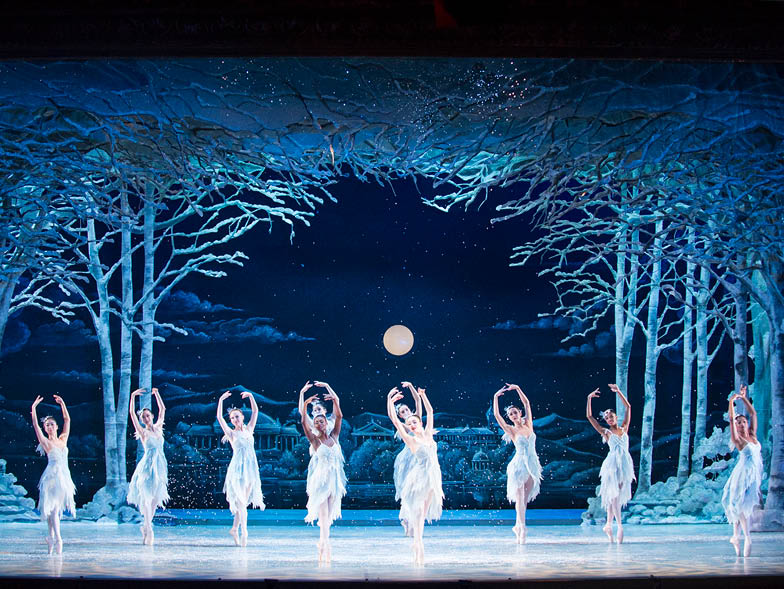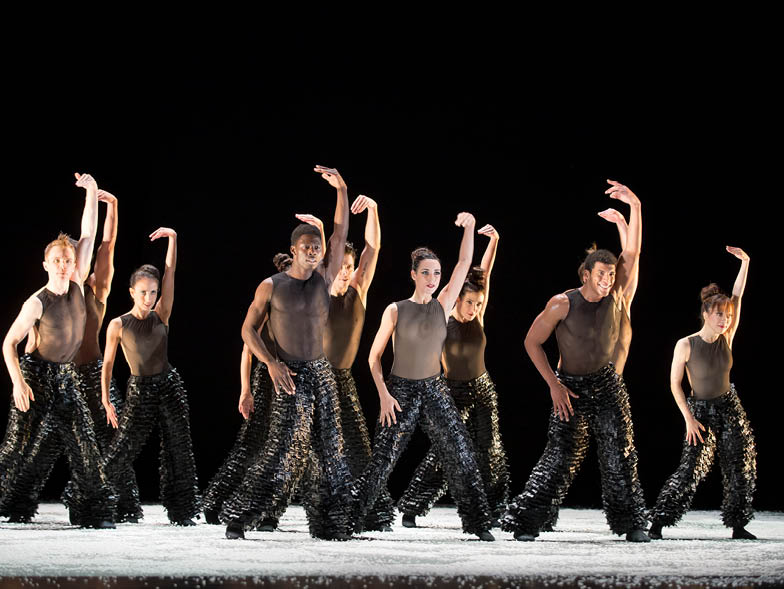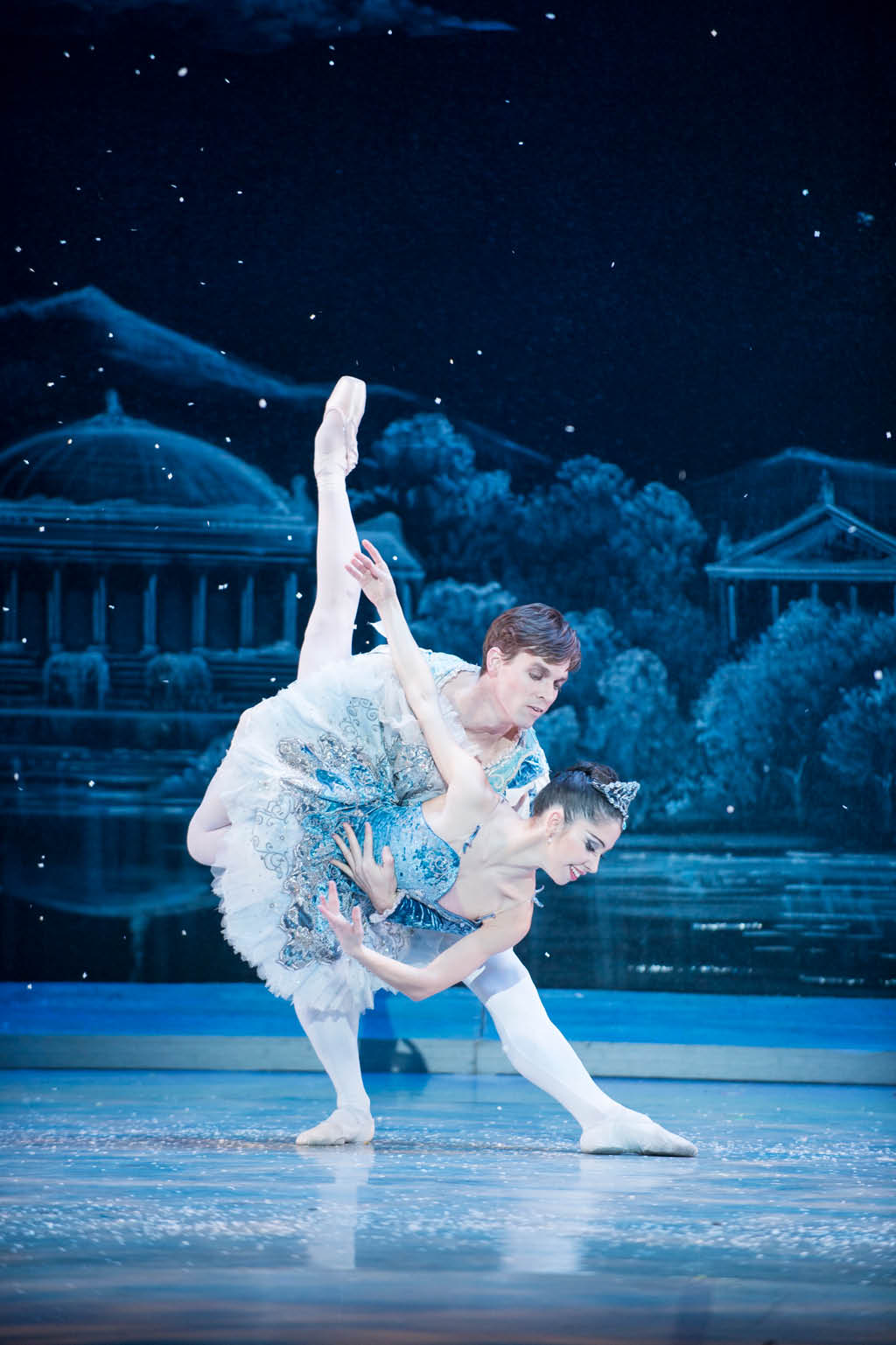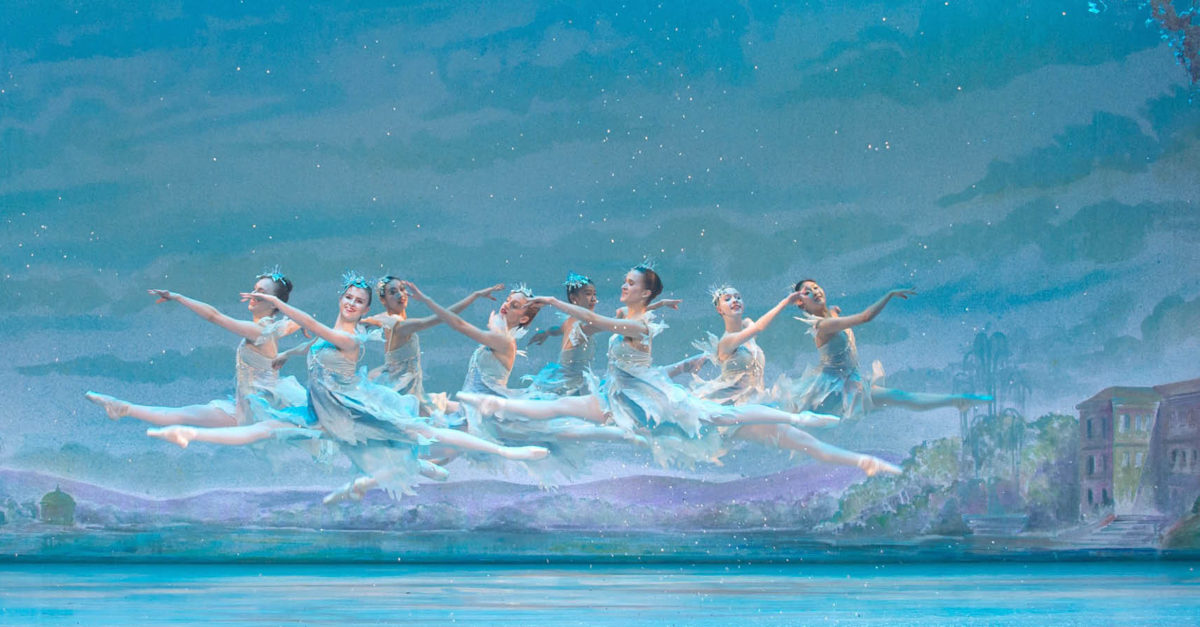Wardrobe Wonderland
Live theater performances like ballet can be quite complex, orchestrated spectacles—especially with the dizzying number of costumes and wardrobe changes. These happen flawlessly, night after night, because of the skills and expertise of professionals behind the scenes. Monica Leland, wardrobe supervisor for The Washington Ballet, parted the curtains to give us a look at how much preparation goes into keeping things running like clockwork during a production.
Tell us about yourself. How did you come into your role as the wardrobe supervisor? Are you a dancer as well?
I’ve been working in The Washington Ballet’s wardrobe department for nineteen seasons—six as the wardrobe assistant and the last thirteen as the supervisor. I am not a dancer—in fact, when I was ten years old, I saw a Nutcracker performance and hated every minute of it. But life is funny, and I’ve spent the last nineteen years running and costuming thirty Nutcracker performances a year. I’ve come to appreciate the art form of ballet at a level I could not have predicted or ever realized. It’s been both gratifying and enriching.
What do you find fulfilling about the wardrobe aspect of the production?
I have always appreciated fabrics and textiles, and I learned to sew a bit in my youth. I enjoy the hands-on and participatory aspects of my profession. Because my department clothes the dancers, I’ve fostered a close relationship with them based on mutual respect and trust. I’m also responsible for providing shoes for the dancers, which adds another layer of responsibility to my job.

Describe the planning process of costume design in ballet. How do The Washington Ballet’s outfits compare to those of other ballet companies?
Ballet is a multifaceted art form with a wide range, from classical to modern. Typically, the more classical pieces are the larger-story ballets—Swan Lake, Don Quixote, Giselle, etc. The Washington Ballet has some large-story ballets in its repertoire, but we often turn to other companies to rent their productions for these. In turn, other companies rent some of our ballets, like Alice [in Wonderland], Cinderella, and Romeo and Juliet.
However, every ballet company has its own Nutcracker production—each respecting the integrity of the show but putting its own stamp on it. The Washington Ballet’s production is unique in that it is comprised of historical personalities and Washington, DC-centric themes. The act I party scene is set in a Georgetown mansion, and the flower corps are cherry blossoms performing on the banks of the Potomac River. We see characters such as George Washington as the Nutcracker, King George III as the Rat King, Frederick Douglass, Betsy Ross, John Paul Jones, a dancing kachina doll, and cardinals—Virginia’s state bird—dancing the Mirlitons Divertissement. It’s a twelve-year-old production that has become an annual tradition for many DC families.
Over the past sixteen years or so, The Washington Ballet’s artistic director has chosen design teams who have helped develop the ballet’s style and brand. Often, the size of these productions exceeds the breadth of what a wardrobe team of two can accomplish, so costumes are built off- site. For these productions, my role is that of liaison. I facilitate all fittings, help finish the costumes, modify costumes if needed, organize and possibly dye footwear, and organize costume run sheets that inform dressers of the sequence of costumes and their changes during the course of the show. Smaller productions, which can be built in-house, involve conversations with the choreographer, who has a vision for his or her piece.
What factors do you consider when deciding on an outfit? How do you get a sense for when a costume is complete?
From my perspective, the dancers’ satisfaction with their costumes is the primary goal. Sure, a long line of other people also has to be happy, but the dancers place themselves in a vulnerable position by performing onstage. I do not want them to worry or think about a costume that hampers their movement or shoes that pinch their feet. Instead, I want the costumes to showcase and enhance their artistry and sheer athleticism.
Logically, a costume may seem complete when all of the seams are sewn and all of the safety and straight pins have been removed. However, a series of other criteria has to be met: Does the costume hinder a dancer’s movement in any way? Is the artistic team happy with how it looks on stage? I’m often asked which costume is my favorite. I can answer that in a variety of ways. I appreciate some costumes for their aesthetics and some for their creative design. Often, though, my favorite is one that doesn’t cause any problems—or, to take it a step further, a costume that may have a lot of issues, but because of a little (or a lot) of problem-solving, it now functions as it should.

Walk us through what goes into planning and managing all of the costumes for an average production:
The planning schedule for a particular production is determined by several factors: Is it a new piece? Is it a rental or something from our repertoire? What is its size? Nutcracker preparation, for instance, begins in October for the wardrobe department, once the children have been cast. We then attend rehearsals, in which children have to wear specialty costume—mouse heads, for example. We also schedule fittings for the children and new company members starting in October. Many of the roles in The Nutcracker require dyed ballet slippers, which we collect ahead of time from the performers. There is a lot of organization that goes into a grand production such as this. Costumes need to be inventoried, inspected for necessary repairs, and fitted to the dancers; shoes need to be issued and dyed; costumes need to be packed for transport to the theater; dressing rooms need to be assigned and set up; dresser tracks need to be tweaked and issued; and costumes need to be cleaned and laundered once the production begins. It may seem daunting and exhausting, but once the schedule is set, the same model is followed year after year, with minor modifications. We’re a very busy department, with one part-time employee and two full-time employees. The keys to keeping our heads above water are organization and foresight. For the most part, things should run like clockwork. But it is live theater, so the unpredictable can always happen.
At the start of any given season, we know which productions will be performed, and, because of this, we can plan ahead and prepare along the way. It’s impossible to finish one production before planning the next. By that time, it’s too late, generally because of all the elements that comprise a production. This is true for all of the ballet’s departments, including the dancers. They rehearse weeks, even months, before a production hits the stage. It takes a lot of work and planning to make ballet seem so ephemeral.
How many people are you responsible for dressing for an average show? How do you keep everything straight?
There are up to twenty-five professional company dancers, twelve studio company members, eighteen trainees, and possibly a handful of children in any given production. In order to facilitate a performance, we’ll acquire anywhere from two to eight dressers to help with wardrobe. Dressers are issued tracks, which inform them of where to be at any given moment in the show, and who to dress/undress and in what. Sometimes dancers quick-change from one costume into another, and dressers will assist with this. If everyone sticks to his or her given tracks, the show will run smoothly.

Do you have extra costumes on hand in case any problems occur?
Wardrobe personnel are typically in the wings of the stage and can often perform a very quick fix with needle and thread. The hope is, though, that problems are spotted through costume inspection before the dancers get dressed. The dancers are also very good about reporting costume issues that can be addressed and fixed prior to be controlled 100 percent of the time, not everything can be predicted, and costume emergencies can arise at the last minute. It’s rare that we have backup costumes in case something goes wrong, but that’s the beauty of live theater—the curtain is still going to rise, and sometimes we have to do some fancy footwork before the performance even begins.
Is there a different approach when it comes to tackling the wardrobe needs for the dancers outside of theater performances?
The Washington Ballet dancers are often asked to wear costumes for events other than stage performances: TV appearances, galas, season photo shoots, and special parties. The bottom line is always the same: costumes must be in good shape, clean, steamed or pressed, and well fitting. We want to present the dancers in a professional manner, and we want them to take pride in their appearance. We also ask the performers to not eat, drink (except water), or sit on the floor while in costume. It’s a relationship based on mutual respect for each other, in an art form with fundamental principles of poise, beauty, and manners.
For more info, visit washingtonballet.org.






















